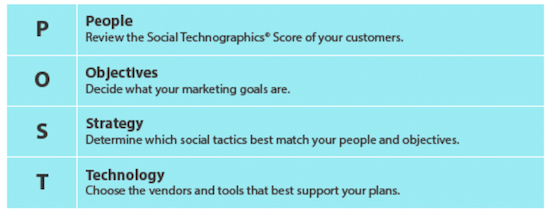This morning before perusing my business mailbox a tweet by the omnipresent tweep @GuyKawasaki struck a chord with me. It’s one of these awesome TED videos that makes one sit back, relax and fully absorb the message.
Bay Area hotelier ‘joie de vivre’ Chip Conley argues that we as business leaders, investors and politicians are taught to only manage the tangible. With a staggering 94% of business leaders believing that the intangibles eg IP/intellectual property, culture and brand loyalty are important to their business, only 5% have the means to measure the intangible.
With 60% of the world’s GDP now made up of services, i.e. intangibles, the call for better measuring the intangible aspects of (business) life becomes even louder.
Speaking of GDP, the now famous example of tiny Himalayan state Bhutan has set a modest yet great trend in motion of looking beyond Gross Domestic Product to something called GNH/ Gross National Happiness. Some 40 countries worldwide have taken up the challenge of counterbalancing traditional, tangible perspectives on their wealth by happiness metrics as well, including France. Bhutan by the way does not create happiness, yet make the conditions for happiness to thrive, a happiness habitat. Perhaps we should rename the title of the dutch managementbook ‘de geluksfabriek’ into ‘happiness habitat’ after all.
With Conley I too wonder: “Why is it that business leaders and investors quite often don’t see the connection between creating the intangible of employees happiness with creating the tangibles of financial profits in their business?”. We don’t have to choose between inspired employees and sizeable profits. We need business leaders who know what to count.




